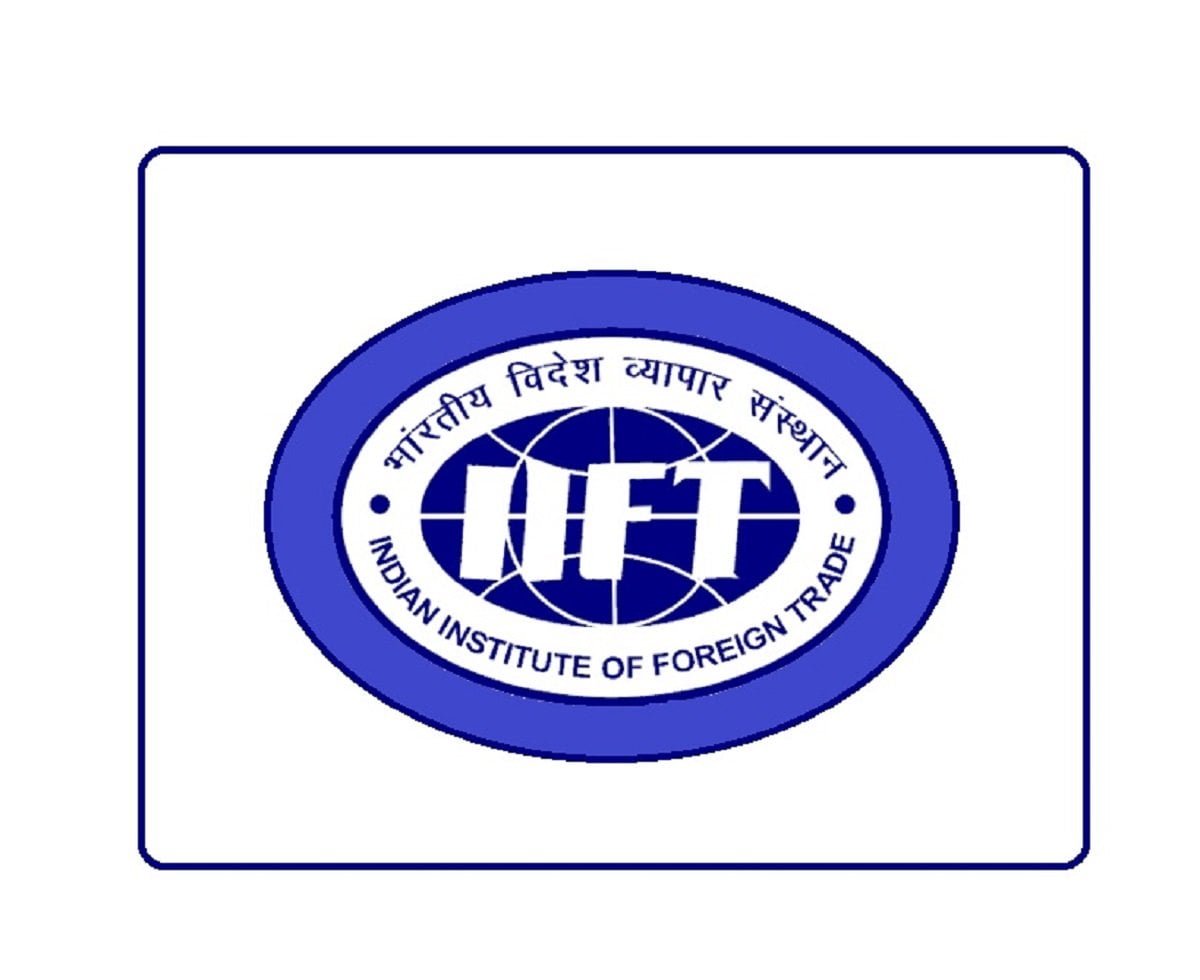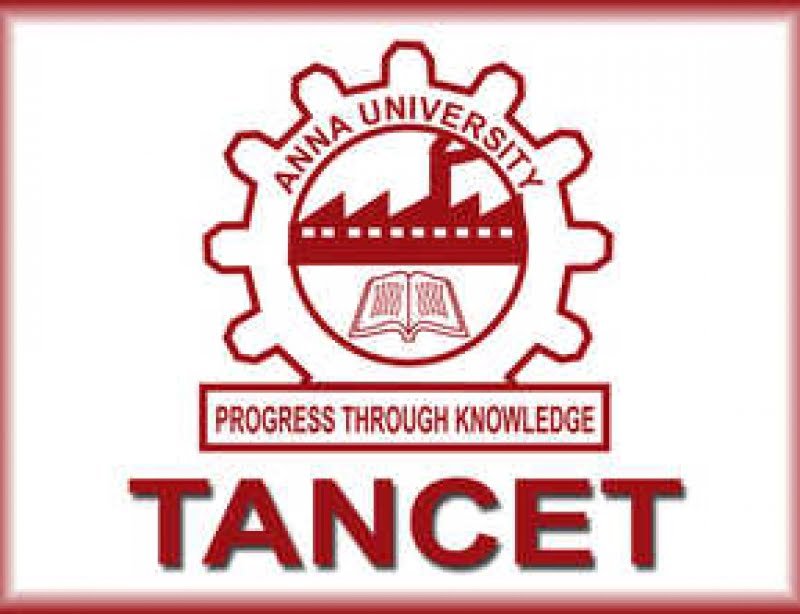
MAH-MBA/MMS CET
MAH MBA/MMS CET is an on-line exam conducted to select the students for admissions into the First Year of Full Time Management program (MBA/MMS) in the Government, Government Aided, University Managed Institutes,University Managed Departments and Unaided private professional educational institutes in the Maharashtra State.
About 1.11 lakh candidates applied for MAH-MBA/MMS-CET-2019
Important Dates:
| Online registration for MAH-MBA/MMS-CET-2020 on the web site https://info.mahacet.org/cet2020/MBA2020/ | 10/01/2020 to 15/02/2020 |
| Issue of Hall Ticket through login of successfully registered candidates | 01.03.2019 Onwar |
| Date of on-line MAH-MBA/MMS-CET-2020 | 14/03/2020 and 15/03/2020 |
| Declaration of MAH-MBA/MMS-CET-2020 on the website | 31/03/2020 |
MAHCET MBA/MMS CET Pattern:
- Total no.of questions: 200
- Total marks: 200
- Test Duration: 150 Minutes
- Multiple choice objective type questions (Five Options)
- No negative marking System.
- Test Duration: 150 Minutes
- Medium of CET: English
- Mode of Examination – Online
- Test Areas: Reasoning, Quant, Data Interpretation and Language skills (English)
| Topics | No of Questions | Mark per Question | Maximum Marks |
| Logical Reasoning | 75 | 1 | 75 |
| Abstract Reasoning | 25 | 1 | 25 |
| Quantitative Aptitude | 50 | 1 | 50 |
| Verbal Ability / RC | 50 | 1 | 50 |
Since there is no negative marking for wrong or unattempted questions, a candidate should ensure that answers for all questions in CET are marked before the exam is concluded.
CET does not have sectional time limit. This helps CET candidates to allocate time to various sections according to their strategy.
CET does not have sectional cut offs. Hence, CET candidates have the advantage of spending more time on the section where he/she can maximise the score.
Test Areas:
Analytical Reasoning: The analytical reasoning section of CET has 75 questions. The topics covered under this section can be classified as Analytical Puzzles, Coding & Decoding, Symbols & Notations, Analytical Puzzles (Linear arrangement, Circular Arrangement, Distributions and Comparisons), Blood Relations, Direction Sense, Input – Output, Decision Making, Deductions, Critical Reasoning (Statements and Assumptions, Statements and Conclusions, Inferences – Probably true/ false, Strong and Weak argument, Courses of Action, Cause and Effect and Assertions and Reasons) and other Miscellaneous topics (Word formation, Analogies, Odd Man Out, Ranking, etc). In CET, among these topics, a majority of the questions appear from the topics Analytical Puzzles, Critical Reasoning, Input – Output, Deductions and Coding Decoding.
Abstract Reasoning: The abstract reasoning section of CET has 25 questions. In these questions a set of figures are given, and the candidates need to find logic in these pictures and answer the question. Going by the type of questions given in CET, these questions can be classified broadly as Series, Analogies and Odd Man Out. Series questions are again of four types – (i) Find the next figure, (ii) Find the missing figure, (iii) Find Wrong figure and (iv) Interchange of figures. Among these four, Interchange of figures were not given in the last seven eight years while Find Wrong Figure questions were also not given in CET in the recent past.
The analogy questions, based on CET pattern questions, can be further classified as
- Four figure Analogy and
- Similar Pair.
In CET Odd Man Out questions are given in two different formats.
- Odd Man Out based on individual figures and
- Odd Pair.
Verbal ability & Reading Comprehension: The Verbal Ability & Reading Comprehension section of the CET comprises 50 questions. The mode of testing on the CET is objective type questions. The CET consists of multiple-choice questions; each question has five options with no negative marking.
The Verbal Ability section of CET generally comprises two Reading Comprehension (RC) passages with seven/eight questions per passage. The questions are based on the content of the passage and test candidates’ understanding of the passage and the vocabulary used in the context. In CET, the candidates’ ability to analyze information, assess and evaluate it, interpret the information considering the question asked, formulate a response and make the appropriate selection from the list of answer options are the key skills tested on the RC. Going by the last few years’ CET papers it is observed that the content for the passages can be from humanities, science, economics or also about some findings based on a study conducted.
The CET Verbal Ability also tests candidates’ vocabulary, the ability to understand ideas/viewpoints when presented in different ways, the ability to identify errors in sentences and select grammatically error-free, effective and concise sentences while also paying attention to the style and diction. In CET, these skills are tested across different question types such as sentence correction, sentence replacement, idea rephrase, cloze passages, idiom usages, error identification, questions based on word knowledge and words in context. The paragraph jumble questions test the logical reasoning ability as these questions ask the candidates to arrange the sentences of a jumbled paragraph in a convincing and coherent manner.
T.I.M.E. AMMCETS and SAMMCETS present the test taker with the opportunity to practice all the concepts and skills tested in the actual CET.
Quantitative Ability: In CET, Quantitative Aptitude is considered to be dominated by the questions from ‘Arithmetic’ and ‘Data Interpretation’ areas. For the past four years, almost half of the questions given in CET were based on data interpretation. Over the last three years in CET, not only the questions given on arithmetic are becoming lengthy at the same time the difficulty level is also increasing. It can be observed from the recent papers of CET that questions from Time and Work, Time and Distance, Percentages, Simple Interest and Compound Interest, Averages, Partnerships, Mensuration, Probability, etc. were significantly present. Also, in CET, there were questions based on Number Series as well as Quantitative Comparison. The questions given on Quantitative Comparison in CET, may be based on regular arithmetic topics or may be based on quadratic equations. For getting a good score in CET, one requires clarity of concepts and thorough practice of various models.
Scores of Online Examination will be obtained by adopting the following procedure:
- Number of questions answered correctly by a candidate in each objective test isconsidered for arriving at the Corrected Score.
- The Corrected Scores so obtained by a candidate are made equivalent to take care of theminor difference in difficulty level, if any, in each of the objective tests held in differentsessions to arrive at the Equated Scores. (Equated Scores obtained by candidates on any test are equated to the base form by consideringthe distribution of scores of all the forms.)
- Test wise scores and scores on total is reported with decimal points up to two digits.
There will be no verification of marks or revaluation of answer sheets of the CET.
Admission Process:
A separate admission notice will be issued for Online Registration & uploading of documents, Documents Verification and Application Form Confirmation at Facilitation Centers (FC) by candidates aspiring for admissions
The score in the CET would be considered for admission during the current academic year only and would not be allowed to be carried forward to the next year.There is no GD/PI. Merit ranks are allotted based on the percentile obtained in CET.
The admission process through CET involves three to four rounds of CAP (Common Admission Process).In each round the candidates have to fill option forms on line based on their CET score. Seats are allotted based on merit (category wise).
Application Process for Admission:
Candidates should apply online as per schedule.
Candidates who have registered for MAH-MBA/MMS-CET are not required to pay any fees for registration for admission. However other candidates who have obtained score which is valid for admission in the current academic year in CAT/GMAT/CMAT/MAT/XAT/ATMA and have not registered for MAH-MBA/MMS-CET are required to pay fees by Credit Card/ Debit Card/ Net Banking etc. through Online mode. Fees paid is non-refundable.
MAH-MBA/MMS-CET-2020 Registration Fee:
General Category Candidates from Maharashtra State, Outside Maharashtra State (OMS), J & K Migrant candidates& children of Indian workers in Gulf countries (CIWGC). ₹ 1,000/-
Reserved Category Candidates of Backward Class Categories [SC, ST, VJ/DT- NT(A), NT(B), NT(C), NT(D), OBC, SBC] & Persons with Disability Candidates belonging to Maharashtra State only – ₹ 800/-
NRI/OCI/PIO/FN Candidates ₹ 5,000/-
Dates:
- Display of the provisional merit list for Maharashtra State/All India/J & K Migrant candidates – 31-03-2020
- Display of the final merit lists of Maharashtra State/All India/J & K Migrant candidates – To be announced
- CAP rounds I,II, and III – June/July
- Additional Rounds – July/August
- Reporting to the Allotted Institute and Confirmation of Admission – To be announced
- Commencement of academic activities for All institutes – Aug 2020
- Cut-off Date for all types of admissions for the Academic Year 2020-21 – To be announced
- Last date of uploading the data (details of admitted candidates) – To be announced









